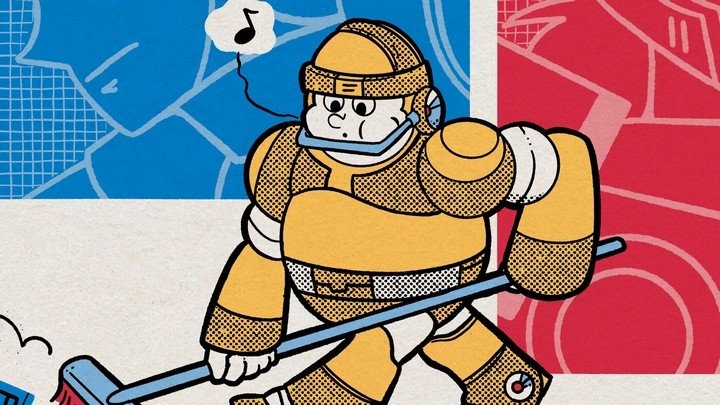Re(?)Considered: Chip's Challenge
Sadly not the sequel to "Fish Challenge", which doesn't even exist.
I once participated in a Chips Challenge at my local greasy spoon caff. I was victorious, but at enormous cost to my long-term health and happiness. It was therefore with some relief that when I sat down to play Chip's Challenge, it wasn't a game about shovelling fistfuls of fried potato wands into my screaming mouth. Instead, it presented a series of increasingly challenging puzzles for me to solve. Chip's Challenge began life in 1989 on the Lynx, a mythical handheld from Atari that - according to the hushed whispers of possible madmen - was actually a real thing you could buy. When it wasn't chewing through your AA batteries with the frenzy of a kid in a Chuck Palahniuk story chewing through his own arse, it played a mean game of Scrapyard Dog.

But, yes, Chip's Challenge. It's a top-down, tile-based puzzler, in which you manoeuvre the titular Chip McCallahan through his attempt to collect computer chips in order to solve Melinda the Mental Marvel's 144-level "clubhouse" and become a member of her computer club, The Bit Busters. Chip moves from one square to another in real-time. No roguelike turn-taking here; the world moves around you if you just stand around, allowing for timing challenges as well as cerebral puzzles. The elements that comprise these puzzles are manifold - ice, fire, water, conveyor belts, invisible blocks, toggle blocks, pushable blocks, bombs, clone machines, keys, locked doors for said keys... you get the idea. The game funnels these elements to you cleverly in a series of tutorial stages, then takes the gloves off. Earlier stages are simpler, but the difficulty ramps up quickly; one of the most difficult levels in the game is the 28th out of 144 ("Blobnet" - everyone who has played it just felt their heart skip a beat).

The Lynx version, while creator Chuck Sommerville's preference is not the Chip's Challenge most people remember. The game was ported to Microsoft Windows 3.1 and released as part of Microsoft Entertainment Pack 4 in 1992. This version eliminated the smooth movement of the original Lynx game, making everything flick from tile to tile without animation for a choppy look and feel. While it's pretty unambiguously a step down from the handheld, the Windows version of Chip's Challenge is the one that caught on and got a committed following, with fan-made level editor tools allowing the community to produce their own sets of fiendish stages. It's that community who have granted Chip's Challenge its longevity, even to the point of developing a seperate engine - Tile World - to interpret the Chip's Challenge levels when Chips.exe itself ceased to function on newer versions of Windows.
The game is definitely uneven - some stages are repetitive and boring - but this leads to an unpredictability that makes you want to see what's next. There's some downright witty level design, too; an early level called "Castle Moat" appear to present a mid-level block puzzle, but hides a secret that circumvents the entire ordeal for players prepared not to take the challenge at face value. It's this playfulness that truly elevates Chip's Challenge to more than the sum of its parts.

As of 2015, you can now buy a new port of Chip's Challenge on Steam at a very low price, as well as its long-lost sequel - which is a whole other article in itself. It comes packaged with editor tools so you can hop right into a friendly community and learn about advanced techniques such as "odd/even step", "boosting" and the "block donut rule". I like the sound of that last one.




